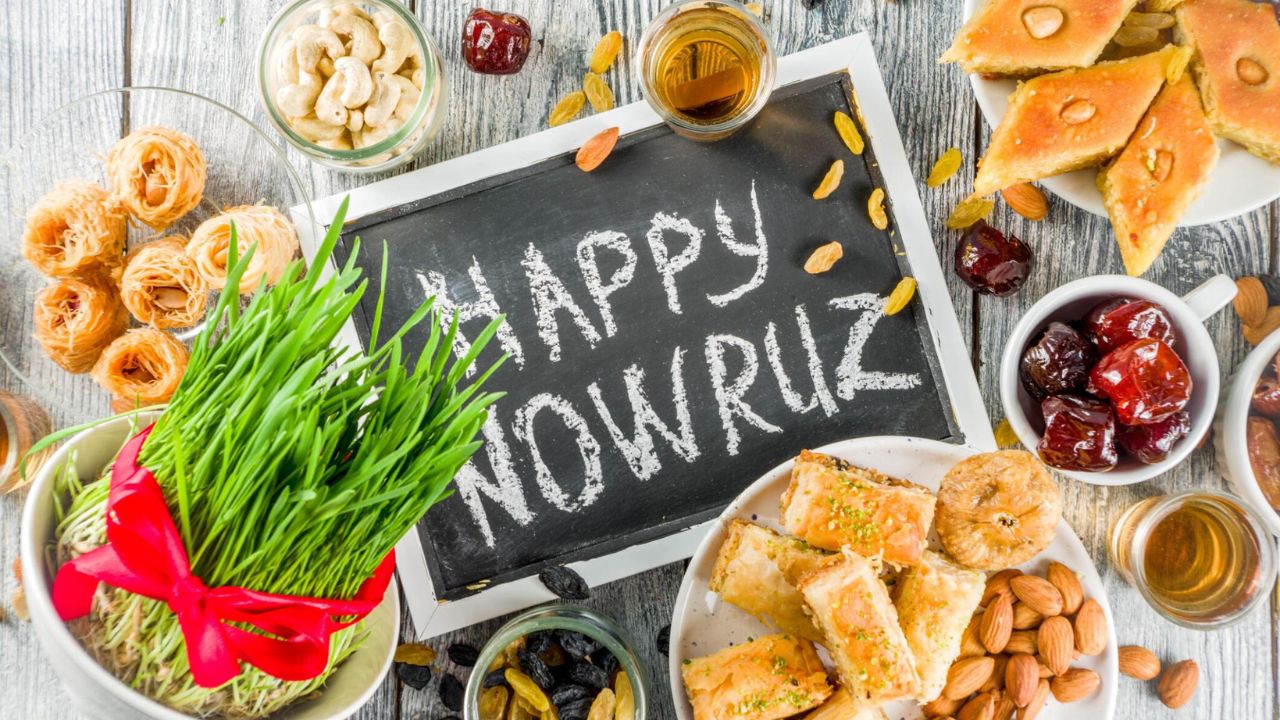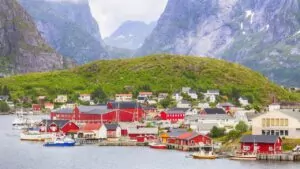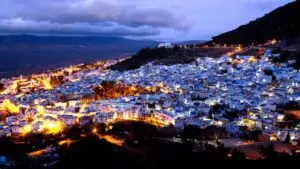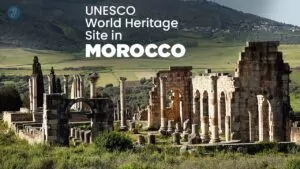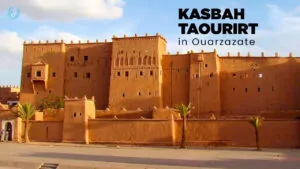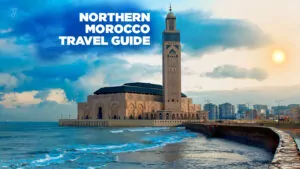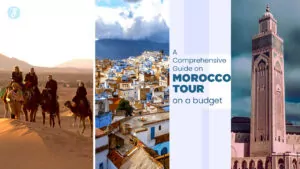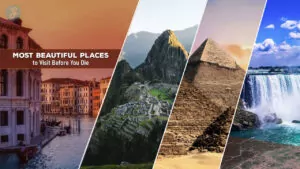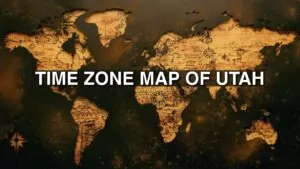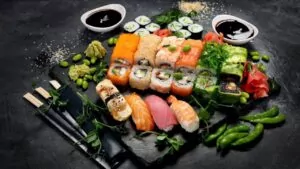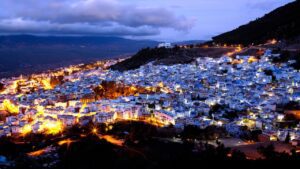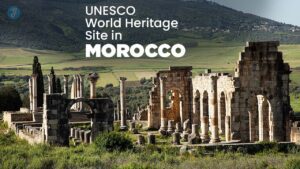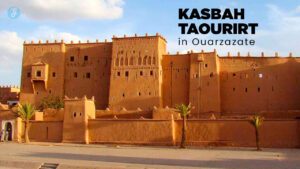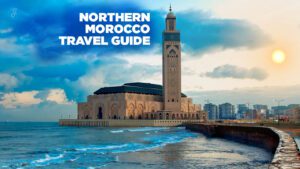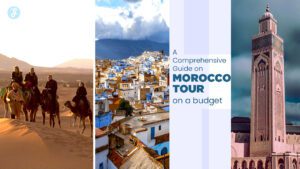Are you looking for a way to welcome spring with open arms and maybe start anew? Many people around the world feel the same desire to shake off the winter blues and embrace the freshness of spring.
Enter Happy Nowruz, a celebration that’s all about new beginnings and has been bringing joy to people for over 3,500 years. This festival is not just any event; it marks the start of spring in a spectacular way.
The English word “new day,” Nowruz, has deep roots in traditions that stretch back thousands of years. In this blog post, we’ll take you through the rich customs associated with this ancient festival.
From cleaning your home to setting up a Haft Seen table filled with symbolic items, we cover how these practices can help you renew yourself both physically and spiritually. Ready to celebrate spring like never before? Keep reading!
Understanding Nowruz
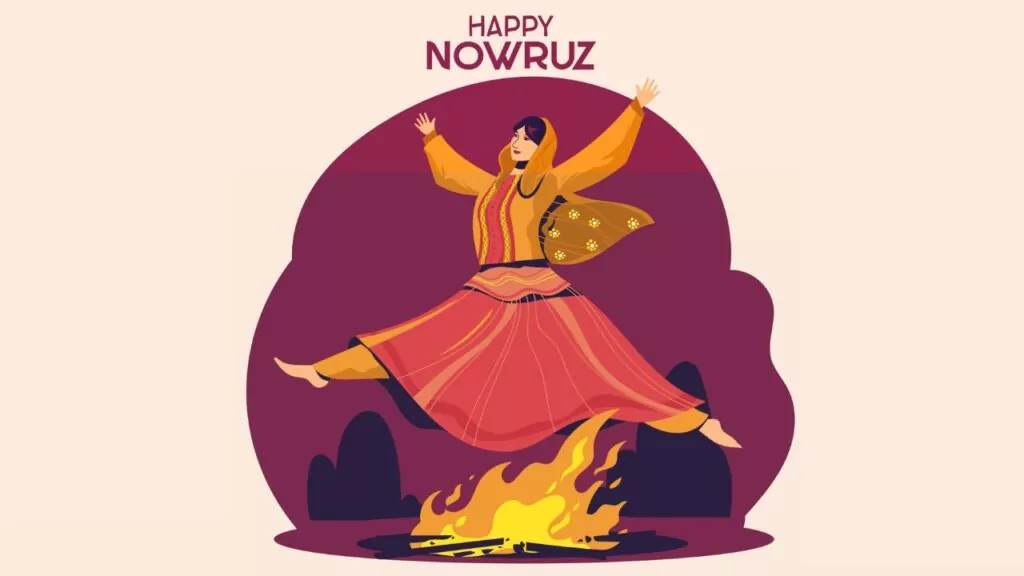
Nowruz marks the start of spring, celebrated for over 3,500 years across regions once part of the Persian Empire. This festival is all about new beginnings and connecting with family and nature.
It begins precisely at the moment of the spring equinox, usually on March 20 in Tehran. Originating as a Zoroastrian holiday, it was crucial to an ancient religion founded by Prophet Zoroaster.
The traditions of Nowruz remind us to reset our lives annually. People clean their homes thoroughly, cook special dishes, and gather with loved ones to observe this time-honored celebration.
The spirit of renewal breathes life into communities, signaling a time to leave behind the old and embrace what’s new with hope and joy.
Historical Background of Nowruz
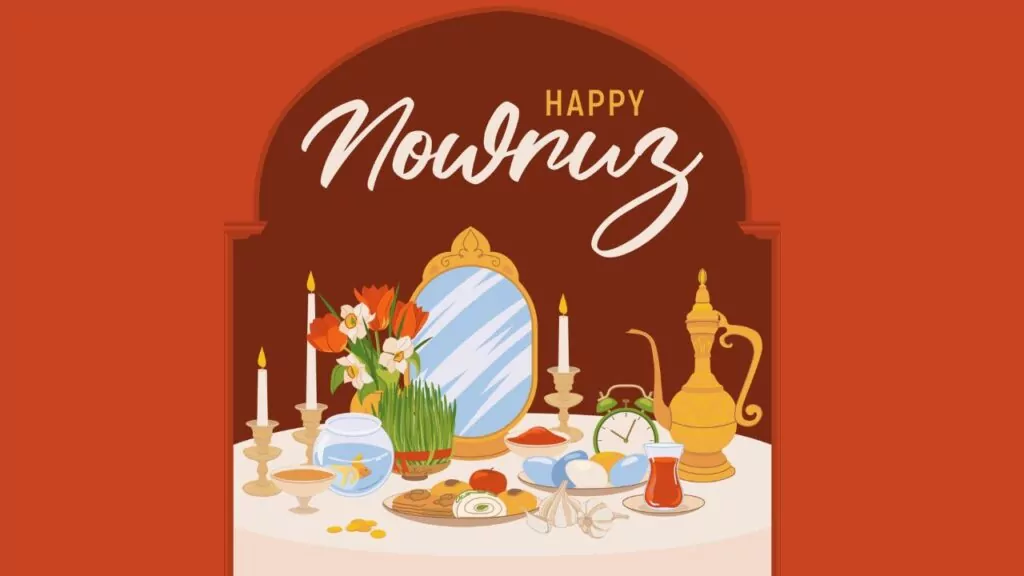
Nowruz can be traced back over 3,500 years to the ancient Persian Empire. It started as a Zoroastrian festival, marking the start of spring and celebrating rebirth and renewal.
Origin and Significance
Nowruz marks the arrival of spring and celebrates new beginnings. For over 3,500 years, people have observed this festive day, rooted in the traditions of Zoroastrianism during the glorious days of the Persian Empire.
This ancient festival symbolizes the link between humans and nature, urging everyone to find harmony with the earth. As the seasons change, Nowruz brings people together to share joy and renew their bonds with friends and family.
Dating back to a time when Zoroastrianism was the state religion of Persia, Nowruz held deep spiritual significance. Despite shifts in religious dominance following Arab conquests, this celebration retained its charm and evolved into a secular holiday, cherished by many beyond its origins in Iran.
It serves as an enduring reminder of humanity’s close ties to nature’s cycles, offering moments for reflection amid life’s hustle.
The practice thrives on customs like cleaning homes thoroughly before Nowruz arrives—the act symbolizing a fresh start—and setting up Haft-seen tables adorned with seven items starting with ‘S’ in Farsi.
Each item in these rituals, steeped in meaning, reflects aspects such as rebirth, health, love, and prosperity. Through these observances, Nowruz casts light on year-old traditions, inviting all to pause and appreciate life’s simple pleasures amidst natural beauty.
Nowruz and Islam
After the Muslim conquest of Persia, Nowruz found its place within Islamic tradition. Many Muslims in Iran and beyond continue to celebrate Nowruz, blending ancient customs with their Islamic faith.
Rulers of the significant Mughal dynasty, such as Akbar and Jahangir, also embraced this spring festival. They incorporated it into their court rituals, expanding its reach across vast territories from Albania to China.
Islamic scholars and poets like Ferdows highlighted Nowruz in their works, showing a harmonious blend between Persian culture and Islamic beliefs. This mix allowed for unique celebrations that included both religious elements from Islam and traditional Zoroastrian practices.
Communities across Central Asian regions and the Middle East observe Nowruz with feasts, prayers, and specific rituals that reflect this rich cultural synthesis.
Practices Associated with Nowruz
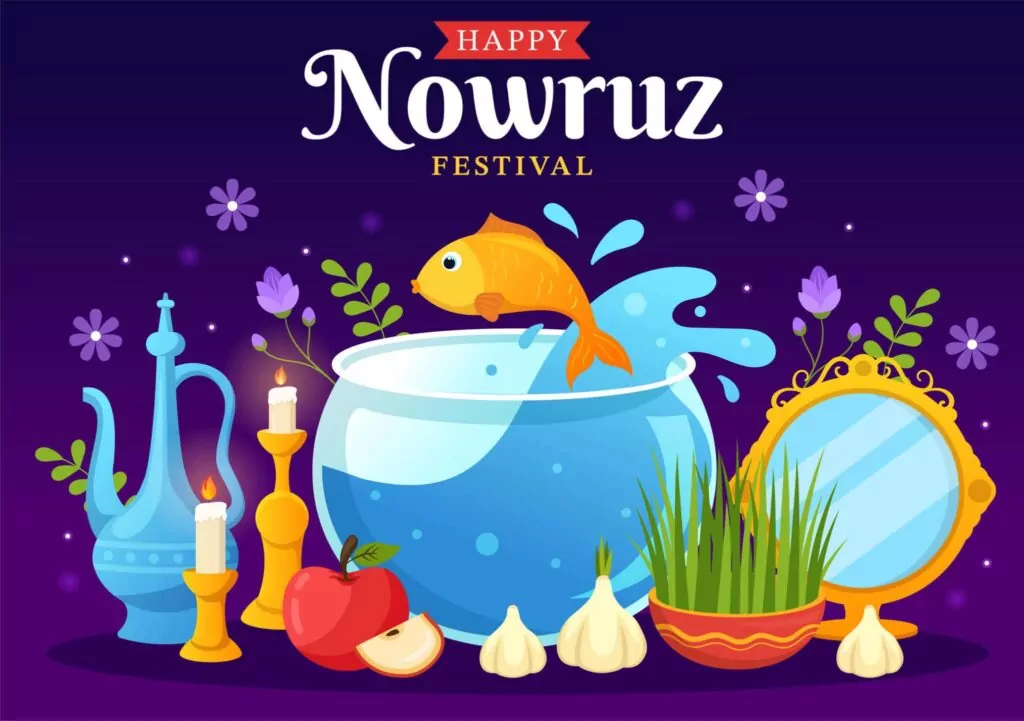
Nowruz brings people together through special rituals and festive celebrations. Families jump over bonfires, share delicious meals, and decorate eggs to welcome the spring season.
Traditional Rituals
Traditional rituals play a central role in the celebration of Nowruz, marking not just the change of seasons but also symbolizing renewal and rejuvenation for communities. These customs bridge the past and present, inviting everyone to partake in festivities that have been cherished for centuries.
- Cleaning and Sprucing Up Homes: Days before Nowruz, people engage in “khooneh takooni,” which means shaking the house. This deep cleaning of homes removes dust and old energy, making space for new beginnings.
- Jumping Over Bonfires: On Chaharshanbe Suri, the last Wednesday before Nowruz, participants jump over seven bonfires. They chant while leaping, asking for the flames to take their pallor and grant them vibrancy.
- Setting the Haft-SSeen Table: Families prepare a special table with seven items, starting with ‘S’ in Farsi. These include sabzeh (sprouted grains) for rebirth, samanu (sweet pudding) for affluence, and somağ (sumac) representing sunrise.
- Wearing New Clothes: Donning new attire symbolizes a fresh start. Everyone wears their best outfits on Nowruz Day to greet guests and visit elders.
- Exchanging Gifts: The act of giving presents strengthens bonds among family members and friends. Children especially look forward to receiving eidi, or Nowruz, gifts from elders.
- Painting Eggs: Similar to Easter traditions in Western cultures, Iranian families dye eggs on Nowruz. Each color holds a meaning; for example, green signifies growth, while red stands for life.
- Visiting Family and Friends: The first few days of Nowruz are dedicated to visiting elder relatives first and then others in order of seniority. This practice shows respect and keeps family ties strong.
- Preparing Special Foods: Certain dishes are only made during Nowruz, reflecting the richness of Persian cuisine. Many people enjoy Sabzi polo mahi (herbed rice with fish) during this time.
- Picnicking on Sizdah Bedar: On the 13th day of celebrations, families head outdoors for picnics full of food, music, dancing, and laughter—a cheerful conclusion inviting good luck by disposing of sprouted greens in nature as they bid farewell to holidays.
Celebrations and festivities
Nowruz brings families and friends together to celebrate the joys of spring and new beginnings. The festival, lasting 13 days, is filled with rituals and celebrations that honor ancient traditions.
- Homes bustle with activity as families gather to observe Charshanbe Suri. People jumped over bonfires on the eve of the last Wednesday before Nowruz, chanting for the removal of sickness and unhappiness.
- Hard-seen tables become the centerpieces in every household. Carefully arranged are seven items starting with ‘S’ in Persian, each symbolizing a different hope for the new year, such as health, love, and prosperity.
- Delicious meals play a crucial role during Nowruz. Dishes like Sabzi Polo Mahi, rice with green herbs served with fish, bring everyone around the dining table to share stories and laughter.
- Sizdah Bedar marks the end of Nowruz festivities on the thirteenth day. Families spend this day outdoors, picnicking in nature, to ward off bad luck for the coming year.
- Visiting loved ones is a heartfelt tradition. People dress in their finest clothes and make rounds, visiting family and elder relatives to exchange New Year greetings and gifts.
- Acts of charity remind everyone about community spirit. Giving food and money to those in need spreads happiness beyond one’s own family.
- Novruz games add fun for all ages. Children and adults alike engage in traditional games; some might involve singing songs or reciting poems praising springtime.
- Artistic performances showcase a rich cultural heritage. Dancers wear colorful costumes, replicating scenes from folk tales, while musicians play traditional instruments, echoing the sounds of joy across communities.
In essence, Nowruz festivities weave together threads of cultural heritage with universal themes of renewal and rebirth—truly a time when hearts grow warmer as winter fades away.
The symbolism of Nowruz
Nowruz brings spring to life, celebrating new beginnings with vibrant colors and fresh starts. It’s a time when nature wakes up, reminding us all about renewal and growth.
Celebration of Spring
Spring arrives with Nowruz, bringing a blast of color and life to the world. Trees bud, flowers bloom, and people celebrate the warmth after winter’s chill. This festival marks not just a change in season but a rebirth of nature.
Families come together, enjoying the outdoors and witnessing the earth’s renewal firsthand.
During these 13 days, laughter fills the air as communities engage in outdoor activities. Kites soar high in the sky, while children play games drenched in sunshine. It’s a time when every moment spent outside reconnects individuals with nature’s wonders, showcasing how spring breathes new life into our surroundings.
These are the themes of renewal
Nowruz brings a powerful message of rebirth and new beginnings. Families clean their homes thoroughly, symbolizing the sweeping away of last year’s dust and troubles in order to welcome positivity.
This act reflects a deep desire for renewal and hope. Jumping over bonfires during Chahar Shanbeh Suri, people chant for the removal of sickness and unhappiness from their lives, inviting health and joy instead.
Such practices are steeped in the belief that spring’s arrival rejuvenates the soul.
The Haft Seen table is central to Nowruz traditions, showcasing seven items that each start with ‘S’ in Persian, like somaq (sumac) representing sunrise and sabzeh (sprouted lentils or wheat) signifying growth.
These symbols capture nature’s awakening but also mirror personal growth and renewal. Tossing sprouts into moving water on Nowruz’s last day declares a fresh start, casting off old struggles in anticipation of new opportunities.
Celebrating Nowruz means embracing warmer weather with open arms while reconnecting with friends, family, and nature’s splendor. It embodies life-affirming qualities that foster connection to ancestral culture across generations.
Preparations for Nowruz
Getting ready for Nowruz means bringing in the new year with a fresh start. People clean their homes and set up the Haft-seen table, making everything look perfect.
Cleaning and decorating
Spring cleaning isn’t just a chore. It’s a vital part of preparing for Nowruz, the Persian New Year. People welcome spring by giving their homes a fresh start and setting up the Haft Seen table, a tradition that is both beautiful and symbolic. Here’s how they do it:
- Start with general tidying. Families gather to clear out clutter from every room, making space for new beginnings.
- Dusting comes next. Every corner of the house gets attention, from ceiling fans to baseboards.
- Washing windows lets the sunlight pour in, symbolizing clarity and brightness for the year ahead.
- Deep cleaning carpets and rugs removes the dust and grime of the past year, renewing the home’s feel.
- Polishing silverware and washing dishes ensures that everything sparkles for the Nowruz celebrations.
- Sprouting lentils or wheat begins weeks before Nowruz, signifying growth and renewal.
- Decorating with flowers, especially hyacinths and tulips, brings nature’s beauty indoors.
- Carefully arranging seven items that begin with the letter ‘S’ in Farsi, each symbolizing spring and renewal, is part of setting up the Haft Seen table.
- We polish mirrors to reflect beauty and truth.
- Goldfish in a bowl represent life and activity through their movement.
- Painted eggs display fertility and creation.
Children play an essential role too.
- They help with spring cleaning by taking on tasks suited to their age, like organizing their rooms or helping to wash smaller items.
- Kids also pitch in by decorating eggs for the Haft Seen table or picking flowers to brighten up the home.
Preparing for Nowruz transforms not just physical spaces but hearts as well, readying everyone for a year filled with hope, joy, and prosperity.
Setting the Haft-seen Table
The Haft-seen table brings the promise of renewal and joy during Nowruz. It’s a display rich in symbolism and tradition.
- Seer (garlic cloves): This item represents medicine and health. Families place garlic cloves on the table, wishing for wellness in the coming year.
- Sonobul (hyacinth flowers): Hyacinths stand for the beauty of spring. Their presence on the table fills the home with fragrance and hope.
- Sekkeh (coins): Coins symbolize wealth and prosperity. They reflect people’s hopes for financial stability and abundance.
- Sham (candles): Enlightenment and happiness are embodied by candles. Lighting them brightens the celebration with warmth and light.
- Qur’an or books: Literature takes its place on the table through sacred texts or poetry volumes, highlighting the value of wisdom and learning.
- Decorated eggs: Eggs represent fertility and creation. Each egg, often painted, carries a wish for growth in families’ lives.
- Ayneh (mirror): Self-reflection is crucial to Nowruz traditions. A mirror on the table encourages individuals to look inwardly as they step into a new year.
- Mahi Talai (fish bowl): Life itself has a spot on the Haft, seen through a bowl of goldfish, symbolizing movement and animation throughout the year.
Together, these items weave a narrative of rebirth, prosperity, and self-awareness that resonates with everyone around the Haft-seen table during Nowruz celebrations.
Global Influence and Recognition of Nowruz
Nowruz stretches far beyond its origins, touching hearts and communities worldwide. This ancient festival has earned a spot on UNESCO’s list of intangible cultural heritage, celebrating the rich tapestry of human culture and connection across borders.
Nowruz Celebrations Around the World
Millions of people across the globe celebrate Nowruz, marking the arrival of spring and a new year. This 3500-year-old tradition has roots in ancient Iranian cultures but has spread far beyond its original borders.
In countries under Persian influence and with diverse diaspora communities, Nowruz brings families and friends together in a shared joy for renewal and hope. From cleaning homes to preparing special meals, each place adds its local flavor to the celebrations.
Festivities abound from Iran to Tajikistan, where colorful tables laden with haft-sin—symbolizing seven essential elements of life—greet guests in many homes. In cities like Kabul, despite past prohibitions by the Taliban, people now openly engage in music, dancing, and visiting relatives during Nowruz.
Even further away from its Persian roots, communities in Pakistan and parts of India wear new clothes, cook festive dishes like sumalak from germinated wheat sprouts, and gather for communal prayers.
Each locale embraces Nowruz, with unique customs that reflect their own historical ties to this ancient celebration of rebirth. Whether it’s jumping over bonfires on Chaharshanbeh Suri or picnicking outdoors during Sizdah Bedar in Iran, the spirit of reawakening nature unites millions worldwide under the banner of Nowruz.
Nowruz as a UNESCO Intangible Cultural Heritage
The United Nations Educational, Scientific and Cultural Organization (UNESCO) officially recognized Nowruz as an intangible cultural heritage. This honor acknowledges the festival’s deep cultural significance and its longstanding tradition that dates back over 3,500 years.
The decision shines a spotlight on Nowruz’s role in promoting values such as family unity, respect for nature, and the spirit of renewal that comes with the arrival of spring.
This recognition by UNESCO not only honors the ancient traditions of Nowruz but also encourages people worldwide to appreciate and learn about this vibrant celebration. It highlights how Nowruz transcends borders, bringing together communities from different countries to share in its joyful practices.
Through events like setting the Haft-seen table and participating in communal festivities, people forge stronger bonds while embracing shared human values.
Conclusion
Nowruz brings us together, celebrating 3,500 years of spring and new beginnings. This festival teaches us to clean up our homes and hearts while embracing nature’s renewal. From ancient Persian kings to today’s global citizens, Nowruz unites us across cultures.
Dive into the customs like Haft Seen and bonfire jumps for a truly festive spirit. Let’s honor this age-old tradition by fostering connections with loved ones and the earth—a reminder that every day is a chance for renewal and growth.

